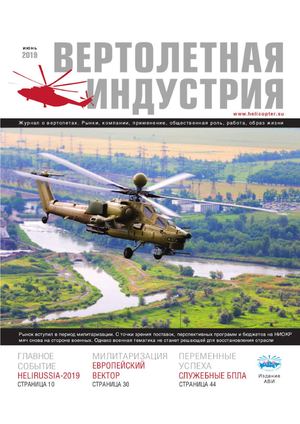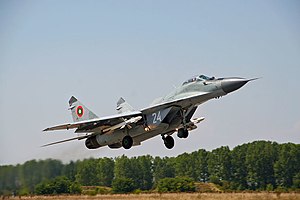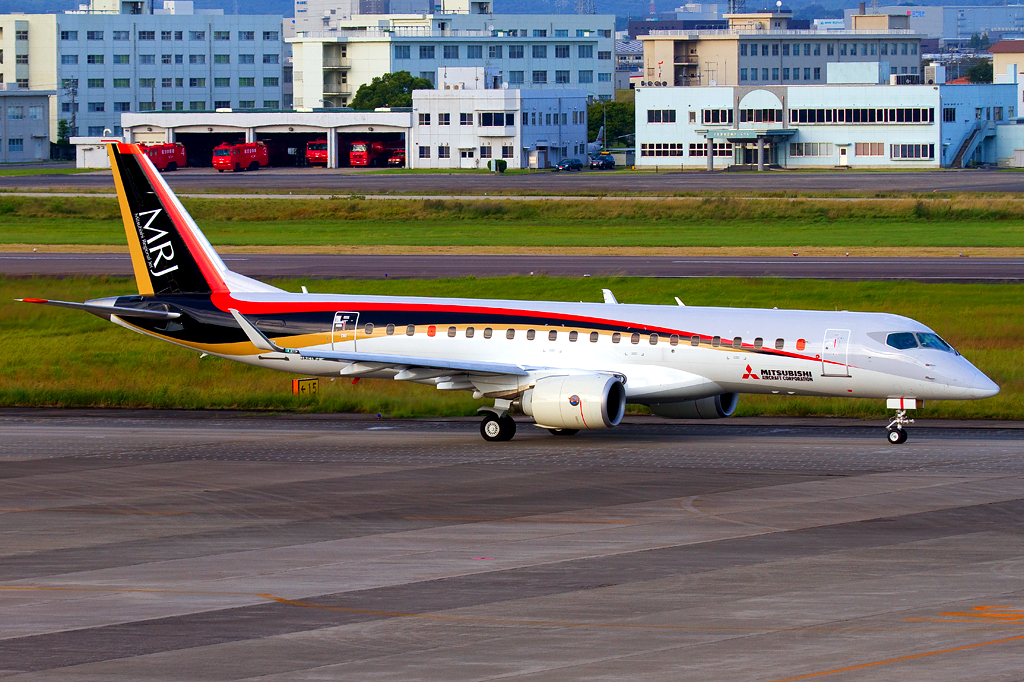
Helicopter Conference, National Center for Strategic Studies, Warsaw, January 13, 2016
Content
- On January 13, 2016, the Helicopter Conference, organized by the National Center for Strategic Studies, took place in the Sofitel Victoria Hotel in Warsaw. This event was a good opportunity to discuss and analyze the current state and prospects for the modernization of the helicopter aviation of the Polish Armed Forces. The meeting was attended by experts, representatives of the Armed Forces of Poland and other countries, as well as representatives of manufacturers of helicopters offered to us as part of tenders for multi-purpose medium helicopters and attack helicopters.
On January 13, 2016, the Helicopter Conference, organized by the National Center for Strategic Studies, took place in the Sofitel Victoria Hotel in Warsaw. This event was a good opportunity to discuss and analyze the current state and prospects for the modernization of the helicopter aviation of the Polish Armed Forces. The meeting was attended by experts, representatives of the Armed Forces of Poland and other countries, as well as representatives of manufacturers of helicopters offered to us as part of tenders for multi-purpose medium helicopters and attack helicopters.
During the conference, expert panels and industry panels were held, which provided an opportunity for a wide discussion of topics related to the maintenance, modernization and development of helicopter aviation of the Polish Armed Forces. During the conference, issues related to tenders for 50 multipurpose medium helicopters (a common platform for several specialized modifications, in the future it is planned to purchase 20 more machines of this class) and 16-32 attack helicopters for the Polish Army were discussed. , but also related to the use of helicopters in armed conflicts and the general concept of the development of helicopter aviation in the Polish army.
The conference was opened by Jacek Kotas, President of the National Center for Strategic Studies. The opening speech was delivered by the Chairman of the Parliamentary Committee on National Defense, Deputy of Law and Justice Michal Jah. The parliamentarian said that the topic of debate during the conference is one of the three priorities of the current leadership of the Ministry of Defense. At the same time, he stated that in connection with the changed political and military situation in the region (the transition of the Russian Federation to confrontational activities, the Russian-Ukrainian conflict, the annexation of Crimea), the “Program for the technical modernization of the Polish Armed Forces for 2013-2022” should be reviewed and introduced changes that are a rapid response to new threats. Then the content part began, consisting of two expert and two industrial panels.
During the first expert group, Brigadier General V. res.pil. Dariusz Wroński, former commander of the 25th Airborne Cavalry Brigade of the 1st Aviation Brigade of the Ground Forces and Commander of the Airmobile Forces, currently President of the Implementation and Production Center of the Air Force Institute of Technology, who discussed the work on the development and implementation of an integrated program carried out by the Polish Armed Forces over the years, the modernization and development of military helicopter aviation, highlighting the needs and proposed solutions in this area.
General Wronski critically assessed the plans to modernize the Polish Army's helicopter aviation, pointing out that Poland should not only acquire new types of helicopters, but also increase their availability. The current level of development of the Polish army requires a significant increase in its mobility. According to him, a country the size of ours should have 270 helicopters designed to interact with ground forces, including a strong component of attack helicopters (the Treaty on Conventional Armed Forces in Europe allows us to have up to 130 of these machines). Due to the changing military and political situation in the region and new types of anti-aircraft weapons introduced in large quantities to equip the army of a potential enemy, the purchased equipment must be of the highest class and, thus, provide us with a technological advantage.
At the same time, the priorities should be reversed - first of all, to purchase attack helicopters (due to the exhaustion of the ATGM stock, the Mi-24 and Mi-2URP helicopters do not have effective means of air combat to fight modern armored combat vehicles), and then multi-purpose helicopters (term whose service can be extended, as well as domestic modernization, which significantly increased their combat capabilities). The general also recalled the need to equip, thirdly, the aviation of the ground forces with heavy transport helicopters, which is not currently planned.
General Vronsky emphasized that old helicopters should not be written off too quickly, and flight and technical personnel will not reach the proper level of training on the new technology. Preparing a helicopter pilot for combat readiness is a lengthy and complex process. In his opinion, it should be divided into four stages. The first should be graduation from the Air Force Academy, which includes a 150-hour flight time in SW-4 and Mi-2 helicopters. The second stage will be 2-3 years of training in the aviation unit on a transitional aircraft, which can be Mi-2, W-3 (W-3PL Głuszec - for the new generation of equipment being introduced) and Mi-8 (300-400 hours) . The third stage in the detachment will last 1-2 years and will include flights on a target helicopter (150-250 hours). Only at the fourth stage did the pilot reach a combat-ready state and could sit during the mission in the second, and a year later - in the first pilot's seat.
A very important factor supporting the continuation of the W-3, Mi-2, Mi-8, Mi-17 and Mi-24 line is also the preservation of the continuity of generations of flight and technical personnel with extensive combat experience from combat operations in Iraq and Afghanistan, which will ensure uninterrupted preparation for new equipment and will reduce the time of its acquisition (without using the "trial and error" method).
Lieutenant Commander Maximilian Dura focused on naval helicopters. He stressed that the number of purchased anti-submarine helicopters (ASW) is definitely too small compared to the needs, especially since the Polish Navy lacks more ships that could cooperate with them in the fight against the enemy underwater (the optimal solution for us is a tandem "helicopter -ship", in which the latter is the primary source of data for the attack). At the same time, acquiring one type of helicopter of this class is not a very good decision.
Currently, the Polish Navy operates two types of PDO helicopters: Mi-14PL with coastal homing (8, if twelve machines of this class are needed) and airborne SH-2G homing (4, for two Oliver Hazard Perry frigates, with a displacement of 4000 tons). These are helicopters of two mass classes: Mi-14PL has a takeoff weight of 13-14 tons, Sh-2G - 6-6,5 tons. In the future, they will be able to operate new ZOP helicopters, they should have a displacement of 2000 tons (i.e. twice smaller than the Oliver Hazard Perry frigates used by 6,5 ton helicopters). Adapting these ships to interact with 11-ton H.225M helicopters is theoretically possible, but operation will be difficult and expensive.

